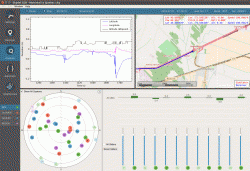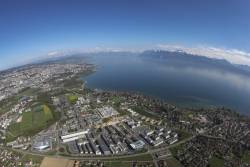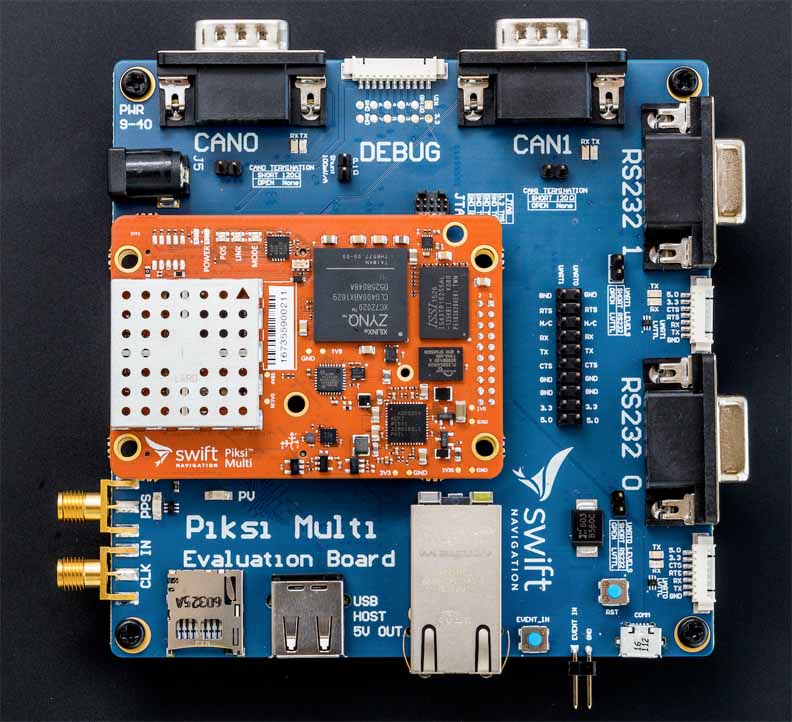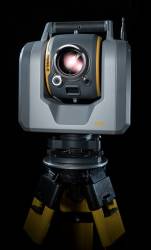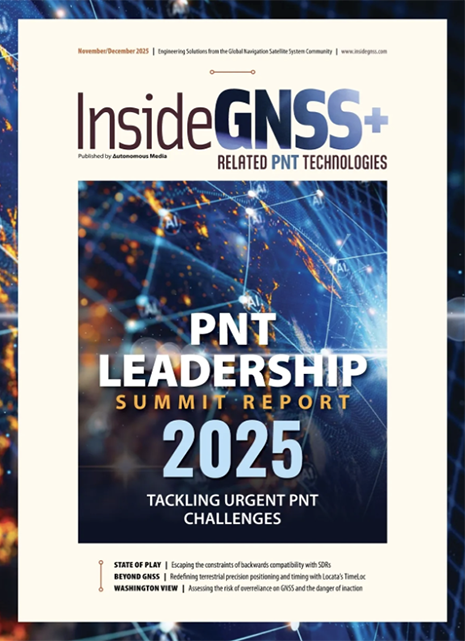CSNC 2017: 8th China Satellite Navigation Conference
 Shanghai, China
Shanghai, ChinaThe 8th China Satellite Navigation Conference and exhibition will take place at the National (Shanghai) Center for Exhibition and Convention from May 23 through May 25 2017 in Shanghai, China.
Full papers are due now through December 20, 2016.
Online registration will be available February 15 – April 30, 2017.
By Inside GNSS



